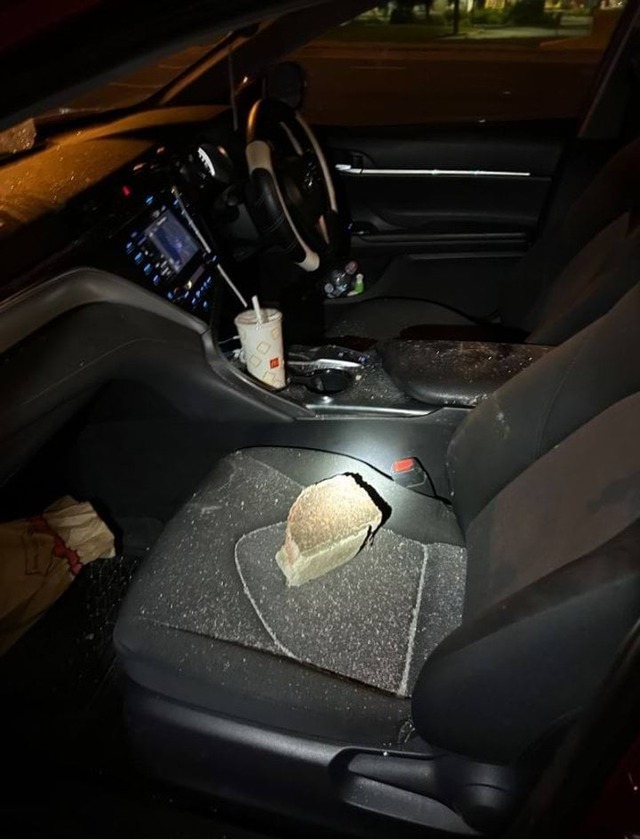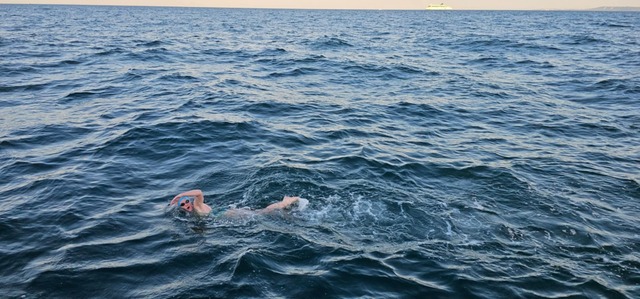Jack Johnson is the author of When The Clock Strikes, a fascinating account of growing up in Dandenong, his years tending to the city’s pipes and drains as a plumber and bringing up a family with wife Frances in their beloved home in Macpherson Street.
WHEN we were children, every second place in Dandenong had a ghost or demon, or a mean old owner who, if you went near this house or barn, would kick your arse or sool his savage dogs onto you.
There were trolls beneath the McCrae Street bridge and a strange crocodile-like creature that lived under the low wooden bridge on Kidds Road.
That story made us scared of every submerged log that washed beneath the bridge.
There were creatures called Hobbyahs who lived under the old Memorial Hall in Langhorne Street.
In the dark of night they emerged from the free-standing brick morgue in Crump Lane, at the rear of the Lonsdale Street coffin makers, and crept along the open brick drain to beneath the Memorial Hall.
They had pointy heads and long sharp fingernails like pitch forks on long bony fingers.
When they got you in the chaff bag they would poke the hell out of you.
At the time the Memorial Hall was a weatherboard building with a corrugated galvanized iron roof.
It was set to the back of the block with vacant land on either side.
The open brick drain ran diagonally through the front garden of the property and was spanned by a rustic bridge.
In front of the hall, erected as a monument, was a heavy field artillery cannon and behind that a squat Canary Island palm.
Both the hall and the cannon were memorials to the men who served and lost their lives in World War I.
This gun was a horse-drawn howitzer cannon with steel wheels and carriage and was the type of field artillery used in World War II before motor vehicles were introduced.
We admired this gun as we hurried past the Memorial Hall on our way to the town hall or to Mr Crump’s store.
A lot of our fear disappeared when we advanced far enough to be able to read those famous old grade readers stories at St Mary’s Primary School.
But, when we were young and innocent, fear and hatred were easily instilled into our receptive but naive minds.
It took us at least a year after hearing the scary stories before we were game enough to go into the grounds and walk over that old bridge and play around the awesome cannon.
Today when I watch some of the cave scenes and weird creatures from Lord of the Rings I am amazed at the similarities between them and the ones the big kids scared us with.
They would definitely not have been reading Tolkien and I am sure their reading and comprehension skills did not extend beyond the Ginger Meggs comic in The Sun newspaper or the Flash Gordon, Buck Rogers and Phantom comic books of our day.
Another story the big kids scared us with concerned the lagoon that developed in the clay pit of the Centennial Brick Works in Railway Parade behind the Murray Harrow Works.
They told us the lagoon was bottomless and had everything from large steam engines to dead bodies and ghosts within its icy depths.
We played around the lagoon but never dared put a toe in that water.
By the time we were going there in the early 1930s it was a large waterhole, overflowing into some of the surrounding areas, most of which were covered by tall bamboo like reeds.
We explored this crystal clear lagoon and caught goldfish with a bent pin on a piece of cotton.
We bought them home in a jam tin and kept them in a cut-out kerosene tin among the maidenhair fern in mum’s fernery which we had collected from the moss covered banks of the Dandenong Creek in the area between the McCrae Street and the Kidds Road bridges.







